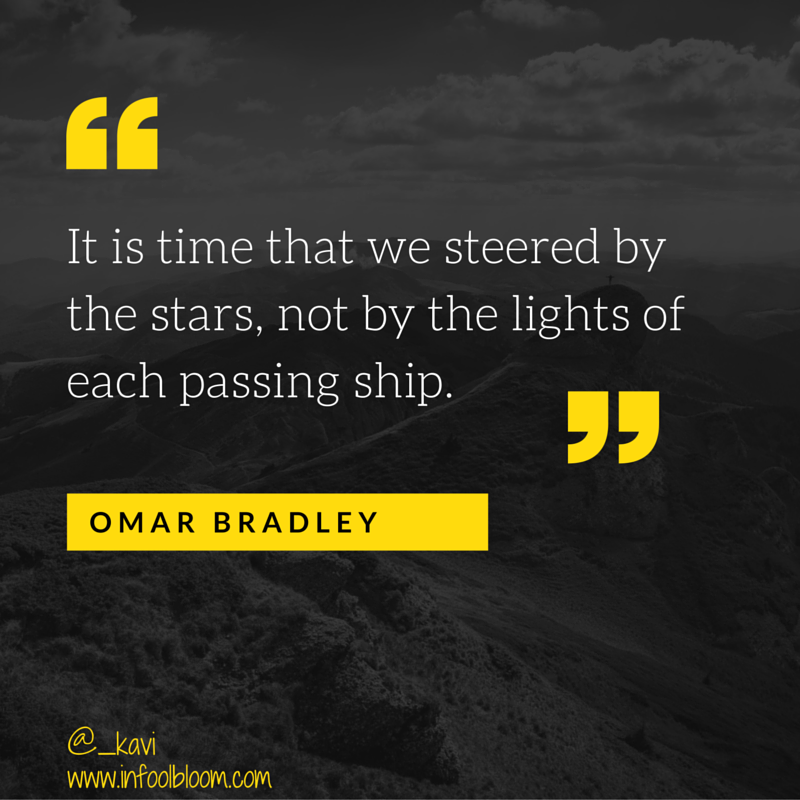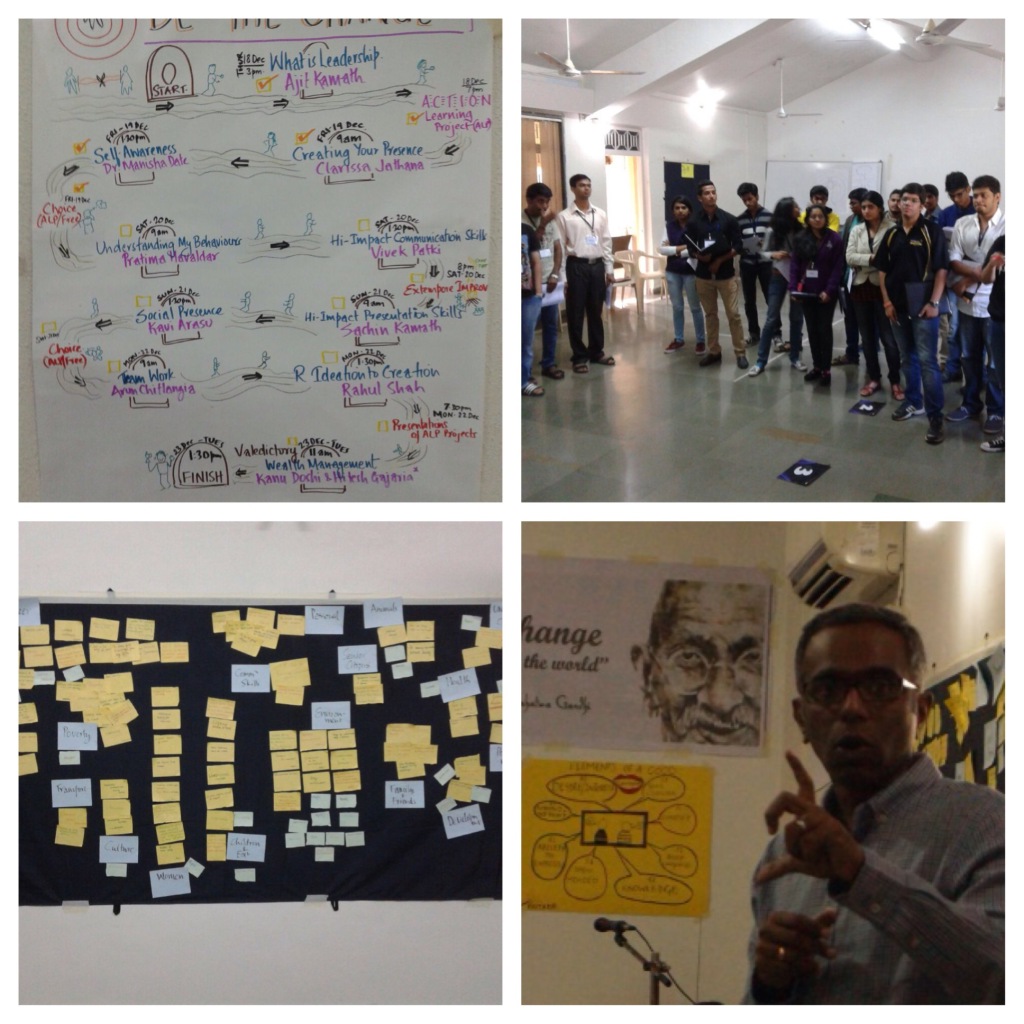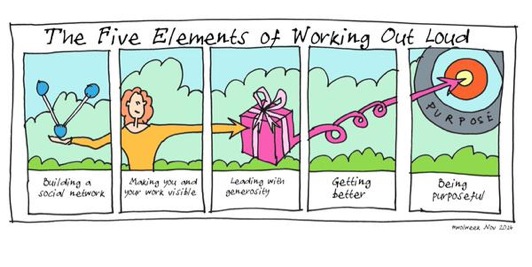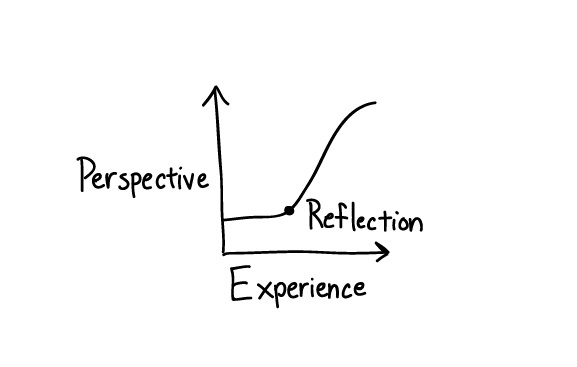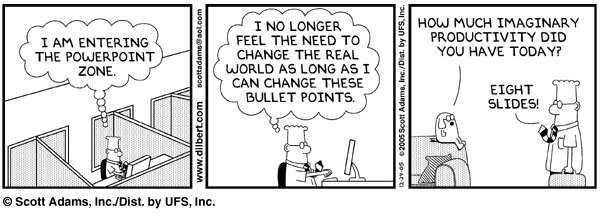I write this sitting in an airport. Its been a busy time. For the mind, the body and the calendar. My flight is ‘delayed due to operational reasons’ I am told with an honour laden tone and a straight face.
So, I sit here in the airport trying to pluck words off the keyboard. This post has been in the making for a while. In my mind that is! I try to zone out of the ear popping frenzy of an international airport to attempt encapsulating the emotion of the past few weeks, months perhaps, into a coherent set of words.
I am still trying as I type this.
You see, its been a couple of weeks since I demitted office at Asian Paints and have been on the road ever since. After close to nine years with a distributed work remit over the years that included Talent Management, Organisation Development, Learning, Performance Support, Social Collaboration, Diversity & Inclusion. The years sped away and I am left with a ton of learning, a clutch of memories and a heap of great colleagues and friends!
My decision has been on the works for a while now. It took a large quantum of effort and consumed much of my thought over the past several months. I thought I had thought through everything. Informing the organisation well ahead of time, working out a transition and closing my account, so to speak. Looking back, I am struck by how much I underestimated the emotional ‘sense of loss’ of saying goodbye to an organisation that was is a dear part of me. That emotion devoured well laid out plans!
I struggle here, sitting in the airport lounge, rummaging around for words. The farewell blogpost I wrote on the Asian Paints’ internal social collaboration platform, on my last working day, is a classic study in contrast. Words just flew off the keyboard then.
Wait a minute. I have an idea.
Heres the farewell blogpost. In full.
“Yes, it is that time for me to sit down, say thank you and write a note of goodbye. I begin with Kahlil Gibran to get myself to switch gears and writing.
“How shall I go in peace and without sorrow? Nay, not without a wound in the spirit shall I leave this city.
Long were the days of pain I have spent within its walls, and long were the nights of aloneness; and who can depart from his pain and his aloneness without regret?
Too many fragments of the spirit have I scattered in these streets, and too many are the children of my longing that walk naked among these hills, and I cannot withdraw from them without a burden and an ache.
It is not a garment I cast off this day, but a skin that I tear with my own hands. Nor is it a thought I leave behind me, but a heart made sweet with hunger and with thirst. “
And so, I am moving on. I haven’t had the opportunity of meeting and talking to as many good friends & colleagues, as I would have liked to. To let people know that I am moving on hasn’t been easy on the emotions! Asian Paints has been a dear part of life over the last several years. A place which prodded me to change some strong beliefs that I came with, gave me fresh ones to harbour and opportunities to constantly grow. The freedom and space to ‘own’ work has always been stellar and that will always stay fresh with me.
There is something unique about Asian Paints that makes it more than a mere ‘company’. Perhaps it is the company! The company of people. A company of people that has fostered conversations, competence, relationships and a way of community. A collective heft, if you will, in the overcoming of stiff challenges and stern goals over the past 75 years! A sense of community that is unique and one that has made a difference to so many lives. A company that I will forever cherish. A big thank you for that!
As I move on, I draw on all our conversations, the debates & the arguments as much as I draw on all the warmth & love. I am moving on to nurture an entrepreneurial dream. I aim to be beset with the lightness of a beginner and try to spin my arm on a new track, even while proudly sporting the tag of having worked in Asian Paints. In your midst. Your good wishes have always meant much and will do so even more now, as I venture into uncharted territory.
Keeping in touch in the modern day world is ever so easy and I look forward to staying connected with you. ( The online space is something that I have been dabbling with and would also be a line of business for me now!). My mail id remains Kavis.mail@gmail.com and a few sundry thoughts get aggregated at www.kaviarasu.com .
I reserve no less than the very best of wishes to you and to all members of your family and to this fantastic organisation.
I close with Gibran again. (He is just magical. Isnt he?)
Farewell to you and the youth I have spent with you.
It was but yesterday we met in a dream.
You have sung to me in my aloneness, and I of your longings have built a tower in the sky.
But now our sleep has fled and our dream is over, and it is no longer dawn.
The noontide is upon us and our half waking has turned to fuller day, and we must part.
If in the twilight of memory we should meet once more, we shall speak again together and you shall sing to me a deeper song.
And if our hands should meet in another dream, we shall build another tower in the sky.
Heres to great times ahead! “
That was my blogpost. Written in one emotion filled flow, on my last working day.
If you are reading till here, well, you would know that I am moving to unchartered territory. At least unchartered for me, as I eject from corporate employment and seek to find my feet in the big wide world. In short, growing new wings.
So, what now? A clutch of ideas, beliefs and notions power me. Stuff, that crept in me on over the last several years. Brought to me by virtue of work, discussions, reading, public conferences, private conversations over strong coffee. Yes, good strong coffee that I have woken up to and smelt.
Here are some of my beliefs and hypotheses. There are several. One way to shake up my inertia to promise myself that I will keep it to a pruned list of five points. Top Five, if you will. So here goes. A bit long maybe. But am going to let myself flow.
1. Work and the Future of Work :
All of us see small chunks and hear disconnected voices in our daily way of living and work that points to shifts in work. Not sure? Heres a quick dipstick. How many times have you heard at least two or three of the following?
a. “Our company is not what it used to be. We used to talk to each other a lot more. Where have the conversations gone?”
b. ” The idea of forcing a tag on my performance based on a statistical tool called the ‘Bell Curve’ is beyond ridiculous”
c. “I have to dumb down my digital social life to retain this job. I don’t know how for how long”
d. ” ‘These young people’ do not have any commitment to their jobs. How can you be committed if you are checking your facebook updates every 30 minutes?”
e. “Our engagement survey numbers are a bit of a joke. What can you expect when they think they can engage me by buying new furniture?”
f. “My boss thinks I ought to respect him and listen to all that he says because he is my boss. Well, sorry.”
g. “Oh you know what, I got nominated to that same silly training programme. Thank God its aleast a better venue”
This is a sample of random conversations across several organisations that come back to my mind. Heard from business leaders, HR folks and other colleagues who I have had opportunities to interact with on various platforms and fora. There are several more that will unfold gradually as themes of my work. Over time.
A ton of reflection, reading and exchanges of ideas with diverse people across the spectrum has left me convinced that tectonic shifts are taking place in the ground beneath us. These are but early rumbles.
The times we live in are like never before. Enterprises have people born five or even six decades apart working together. Beset with work values and approaches that not only appear different but have created new fault lines that appear as trenches. Digital tools for their part have accentuated this divide, having changed how different generations approach work, relationships and daily lives.
Work is beginning to look, smell, feel different and is appropriating new meaning. The appeal of the employment ‘contract’ is getting jaded at a fast clip. The seeking for ‘real work’ and ‘agency’ is making its presence felt.
Organisational responses across the board has been to do more of what we are familiar with from Fredrick Taylor’s times. Fresh minting of behaviour defining dictionaries asking for ( and rewarding ) conformance is common, supported by benchmarking studies that point to ‘everybody is doing this’.
All is not lost, though. New conversations on Whole System Thinking, Emergence, Collaboration is indeed emerging from the shadows, amplified by digital tools and their reach. The right balance between esoteric in-the-air suggestions to changes on the ground needs to be found. Not easy. To move from firewalls & functions to networks and platforms need deep conversations and deeper work.
2. Learning & leadership in the new world: If society’s ideas on work have shifted, goes without saying that those about learning, leadership & performance need some soul searching with a good dose of imagination.
Certainty centred ‘education’ of the past has given way to the need for learning to handle rapid change. Throwing fancy content, well designed ‘training programs’ and shiny new technology at every problem that organisations face have only riddled us with more trouble than before. Stories of efforts to solve challenges leaving organisations with a heap of new challenges are of everyday lore.
In a world where the ‘authentic’ continues to gain currency, far more is possible by facilitating people to bring and apply their full selves to work. To look at work as the learning and learning as the work, puts far more in the hand of every single stakeholder. It gives ‘agency’ and a scope to function with choice.
As they lead the charge in the new age, leaders with the best intent, buoyed by thinking and successes from an earlier era can run aground the best-built ships. Thinking whole system, community, designing rich jobs, and choice enabled development platforms will be needed in tons. Keeping things simple and natural will bring development & change that matters. Keeping things simple is tough. (I realise, even as I type this)
3. Community. Networks. Collaboration: We come together to converse, to learn and create shared meaning in ways that were unimaginable a few years ago. Going beyond notional boundaries of organisations, nations, domains and what not, these conversations can be spawned sans title or position in a hierarchy. Organisations can get themselves new wings, reimagining themselves as a community. Needless to say, communities can get far more firepower and create far greater impact when they leverage the full power of the eco-system in holistic ways.
It is by no means easy work. It is a different kind of work. We need more imagination at play than certifications. More story telling than policies. More conversations than reviews. More belief in the full person than making rules to extract work from 9.00 am to 6.00 PM. More inclusive work than diktats.
This change needs the intelligence and interest of networks and hundreds of conversations. With careful nurturing, curation and holding the space for these to flourish, much change can arise.
Networks, collaboration and spawning more of them becomes an important wagon in the change train. The network has always been more powerful than the node (irrespective of what the nodes thought). Even more so now with technology shrinking the world.
4. Spirit of Enterprise: The spirit of enterprise and choice will be the key to help change sustain. Challenges that we are faced with look different when viewed through the eyes of employees with agency. As hierarchies struggle to come to terms with the scale of change that scalds , the entrepreneurial mindset will both be the balm for change and the recipe for ringing in the change.
Sustaining energies of a restive population for lasting change requires energies from within. The entrepreneurial mindset can power change like nothing else can. For the headwinds won’t be any simple!
5. Other matters: Heres the fifth point. Five points, as I had promised. More for another time perhaps. Now for some ‘other matters’! Important other matters.
I hope to able to drop my daughter and pick her up more often than before and indulge in intimate discovery lead learning. For her. For me.
To write more, read more, travel to places on the map ( and places that aren’t ) and share them with the world is high on the agenda.
New Media is an area of great interest and more dabbling with many of its present and emerging forms will be fulfilling.
To shed some weight and staying light is another priority. In the body as well.
And of course, sitting down with people across the world and chatting up about the weather over our heads and over the organisations we frequent. That will hold sustained interest. The coffee will stay strong.
These are my beliefs and hypotheses. Notions, if you will. ‘Ambitious hopes’ as a colleague called it the other day. I need to question my assumptions and needle my beliefs. It requires, deep work.
My plan is to work in the spaces at the intersection of People, Culture and Technology. My palette has varied hues : Org Change & development, Leadership Facilitation, Executive coaching and the like. Am confident that my experience and understanding of people development, change processes and organisational structures combined with the passion for digital /social tools and social business will find green space.
While the contours of what I will be doing sits pretty in my mind, its translation to specifics requires a good degree of spit and polish. Conversations, work and diverse experiences will be the secret sauce work this through over time. I look forward to partner with people / teams / networks around the world who are hungry for making a difference in the spaces they operate in.
The support from the various communities that I have drawn from has always been awesome. I am ever so grateful for that. I will continue to draw on these, even as I attempt to forge new equations and chemistries. As I start out to question my assumptions and needle my beliefs, a bit of a falter, some hop skip and jump are to be expected. Picking myself up all over again will be possible with the help of the communities and conversations. Those will be dear as I weave a new warp and weft into my skin.
So in more ways than one, I begin all over again. Wish me luck & watch this space.
That’s it for now people. The honour laden tone that had announced that my flight was delayed due ‘to operational reasons’ just announced that it will soon be boarding.






